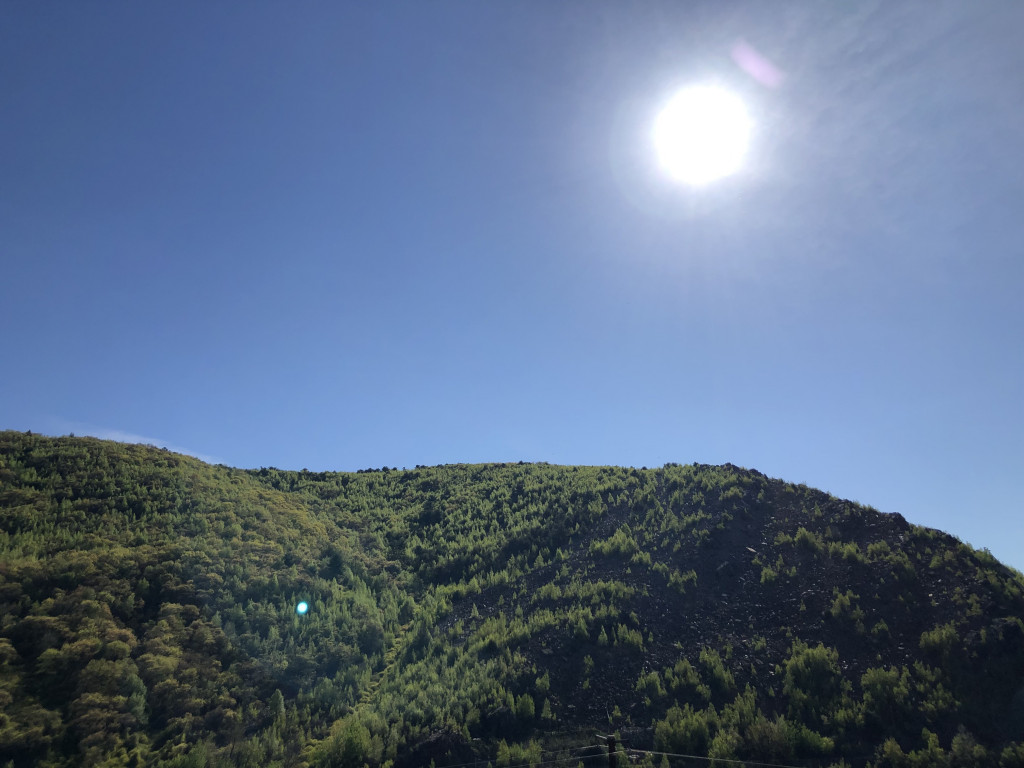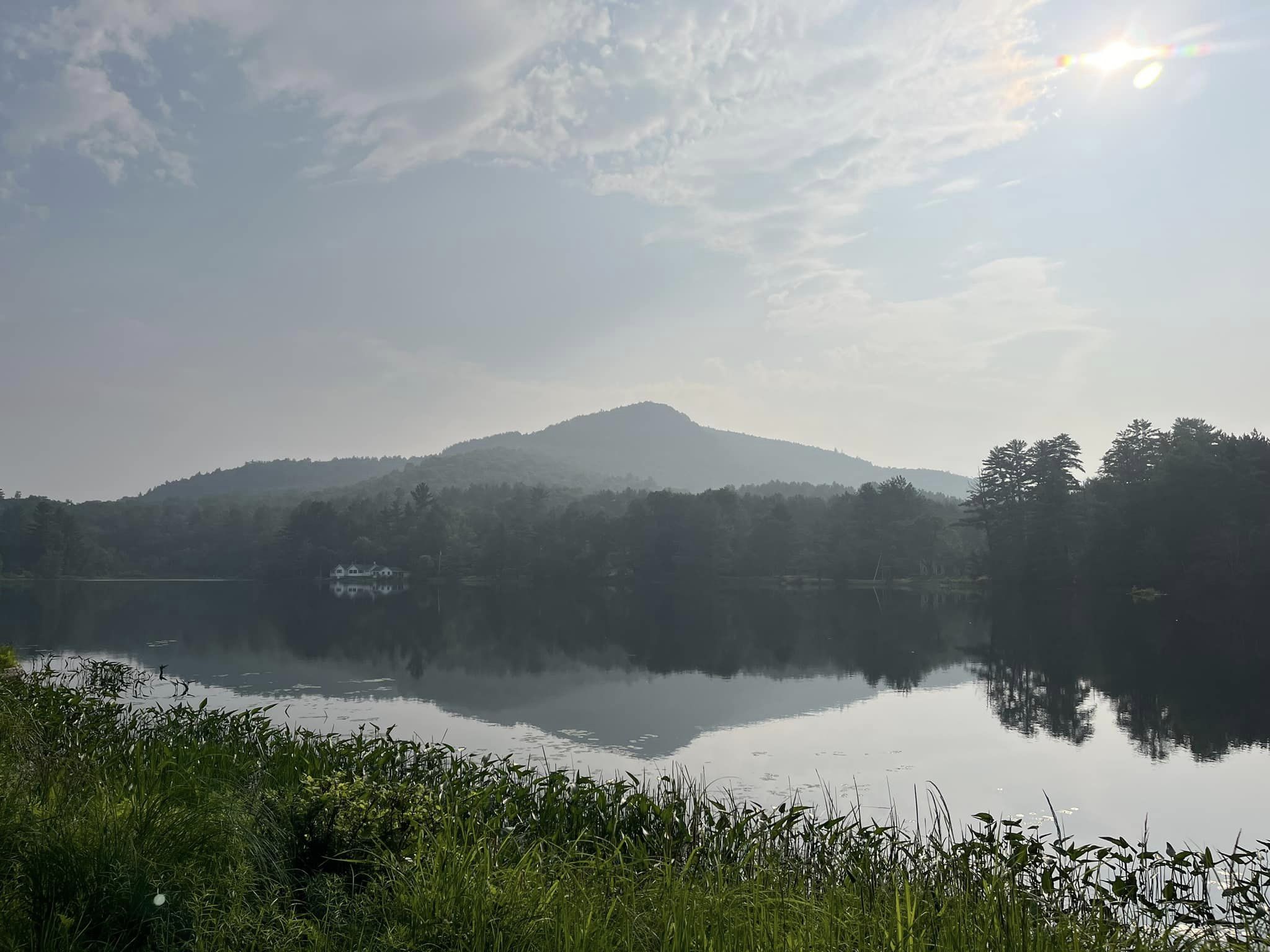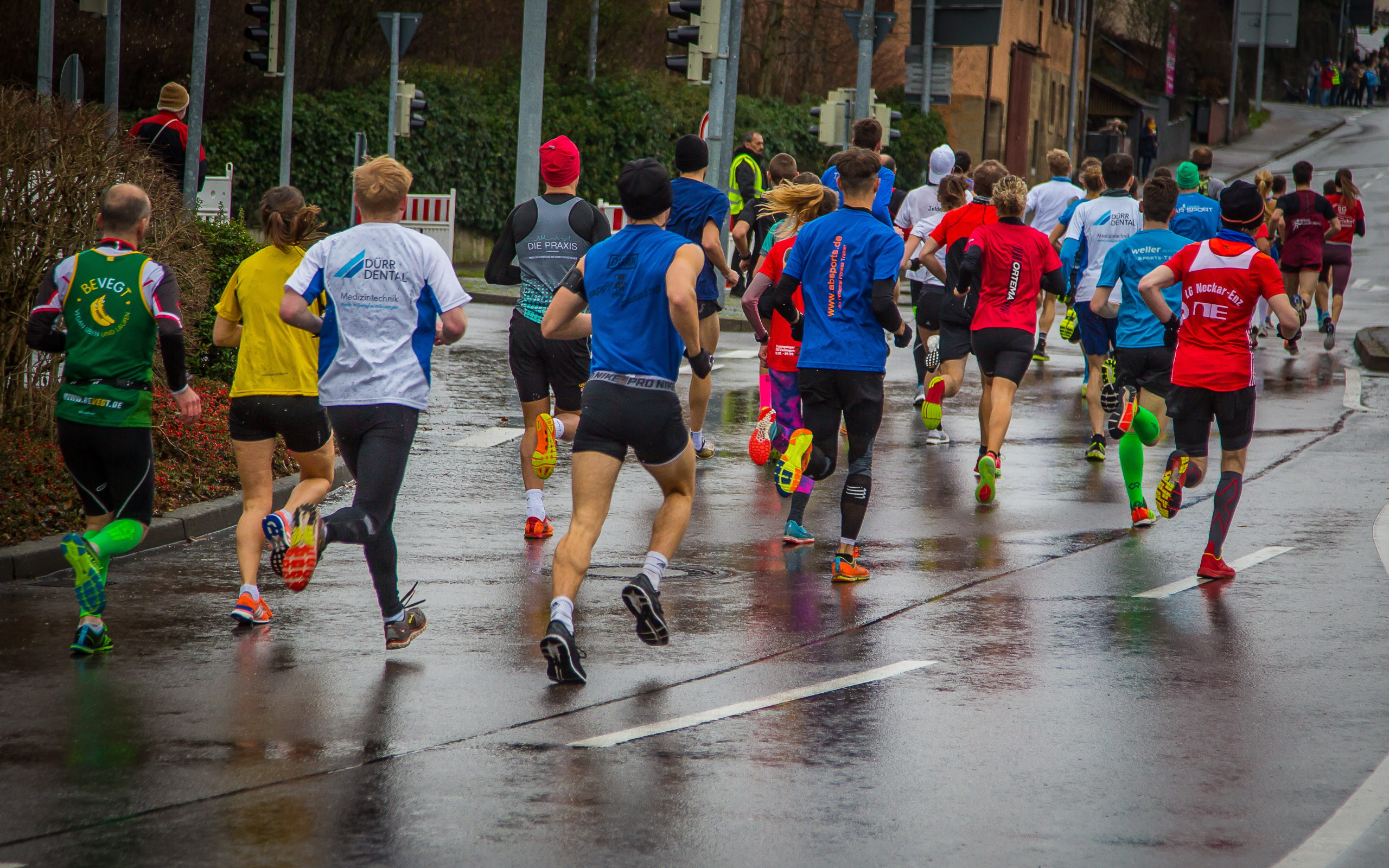A Figure in the Landscape
Ancient Chinese painting is known for its sharp contrast to the typical Western style. In Western art, it is customary to center the subject, to indicate their authority and power by giving them a gravity which the eye can’t ignore. Filling the frame, frozen in some bombastic pose, perhaps, in a moment of triumph, or bundled in agony and grief. Their emotion and their actions lead the perspective. However, in Chinese art, the human, and human structures, are an afterthought. They pale in comparison to the totality and might of the landscape which surrounds them. Human beings are mere figures; their identity, their quibbles and passions, fade when placed in context.
But the effect is not to grind down our experience into nihilism. We are small, but no less necessary for it. It’s not about size, but about individuality. Nothing in the universe can “human” (I use this as a verb) as well as we, just as we cannot dandelion, and the dandelion cannot snake or eagle or bear. Importantly, this shift, emphasized in the Chinese painting tradition, does not serve to diminish importance. The take-home message is not “look how small we are, how insignificant.” It serves only to level the playing field, to deliver a powerful statement: we are necessary, we are significant, but only insofar as these other components of our environment are, too–the mountains, the dewfall. And who ever thought the mountains to be insignificant? They are our kin, as we are theirs.
As trail runners, we have an innate sense of this balance, and an appreciation for it. Whether it is developed during countless hours spent outdoors at all times of the day or night, in all environments, or whether trail running is simply a sport that is sought out by those who already have such a sense, I couldn’t say. It’s a bit of a chicken or egg situation which I’ll let the social scientists unravel. Still, I think that when the realization of being “small” is spoken of with awe rather than a kind of fright, it is this equality to which most are referring: the knowledge that we are one among many, and that we are all necessary, and must capably fulfill our roles to maintain balance.
I first heard, through David Attenborough, a quote from Jacob Bronowski, a mathematician and philosopher, who once said that “Man is a singular creature. He has a set of gifts which make him unique among the animals: so that, unlike them, he is not a figure in the landscape—he is a shaper of the landscape.” Here I will have to disagree with Mr. Bronowski. We all are figures in the landscape. And it is our attempts to escape that truth that have led us to the doorstep of peril. Whilst running trails, we are gently, refreshingly reminded of how humble, yet also how fantastic, our existence is. Even as we butt heads with one another, and, at times, burn and destroy in futile attempts to surmount the insurmountable, we return to this fact.
What follows is a short, slightly abstract narrative that I wrote to express that realization, the one that comes to us while running in beautiful places, the one that teaches us how integrated we are, and that, though we may feel small, we are essential in our uniqueness.
Kill the car engine. The thrumming stops. Feel a small flutter of anticipation. Grab the headlamp, the handheld, the watch. Check the shoelaces. The cabin is still warm. Open the door, and cool morning air rushes in like water into the hull of a sinking ship.
The sun has yet to rise. The parking lot is empty. Trees define themselves against the paleness of dawn, sharp black. Deep breaths. Body well out of bed, yet the mind is just beginning to come around. The beep of the watch could be another bird chirping nearby. Just one more high, fat sound lost in the song. The first sip of water takes care of a dry throat, and now there is nothing left to do but move.
Slowly at first. Relaxing into the body. Gazing around, appreciating the tameness of the asphalt before the forest trails. It’s a short distance. The ground is soft and forgiving, studded with rocks like jewels in a necklace. Toes flex and adapt to bumps and dips too small to see, automatic micro movements.
Around a bend, two puddles sit, shy and low. Dance around them and leave tracks in the mud. Other prints crisscross and stamp over one another. A living record, changing by the hour, little more than a breath in the fog. Soon it will be gone. There is no need for memory. Another storm will come.
A cue from the golden light. Everything set determinedly to being itself, staving off the grip of the fanciful notion to be something different. Even spiders, perhaps, sometimes want to be birds, or birds to be squirrels, or squirrels to be a grand tree peering down on it all. They know they must not, but dreams are harmless, and full of quiet energy that feeds. So the web gets spun.
Never is there a sense of greater privacy than in the vast companionship of the dawn-stirred creatures. They are masters of caution and curiosity, calculating the push-pull of these in real time to take flight from one branch to another, or scurry between burrows. A moving pocket, a bubble of deference to escort you along. If we understood the birds, of what would we hear them sing? Of food and alliances, danger and survival, but perhaps also lamentation, excitement, subjects bordering on the poetic. Each of us author our own beginnings, here, together. Suspicious eyes have time to regard and perhaps tempt the arousal of questions, a vein of something deeper. They test its security, tug on the door for a moment or two and, finding it locked, turn back to their business.
Wondrous puzzles, their shell is foreboding; they present as capsules of drab loneliness. An invitation to toil at placing yourself somewhere, anywhere, in this endless chain of events, this web that seems so full without you. Thrusting for a place in the order of things, inserting purpose with brute force. One might as well attempt to push a concrete block across an ice rink. Yet who can identify the single strand which holds the web together? You are no king or queen among strands. You are a figure in the landscape.
~Vincent Behe
Add Comment
You must be logged in to post a comment.








